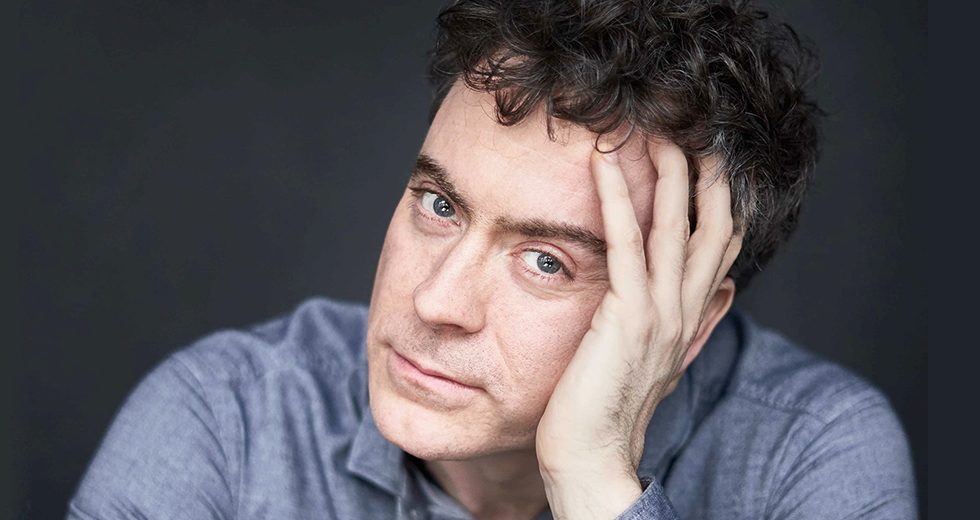
Few of today’s leading pianists are more identified with the music of Ludwig van Beethoven than Paul Lewis. The British pianist received many plaudits for his 2005-08 recording of the complete set of the composer’s 32 piano sonatas, generally considered the form’s pinnacle achievement. The fourth volume won prestigious Gramophone Awards for recording of the year and best instrumental recording.
“He is a kind of musical touchstone,” Lewis said of the celebrated composer. “He’s not the only one — Schubert, Mozart, Haydn also. I guess that is the core of my repertoire. Beethoven, in particular, just because to me it’s simply some of the greatest music. And your journey with it is never finished. That’s what it makes it fascinating.”
Lewis, a Symphony Center regular, joins guest conductor Bernard Haitink and the Chicago Symphony Orchestra on Oct. 25, 27 and 30 for Beethoven’s Piano Concerto No. 2, which was principally composed in 1787-89. Although the Second is perhaps the least played of the composer’s five works in the form, the soloist nonetheless has considerable experience with it. “I enjoy playing it,” he said. “I think it’s beautiful.”
Because it’s an early piece in the composer’s career and contains certain Mozartean elements, Lewis said, it doesn’t have the readily identifiable “Beethovenian stamp” that listeners can hear in the Third, Fourth and Fifth concertos and even the First, which despite its numbering, was actually written after the Second. There are a few passing clouds, but no real thunderstorms. “It’s very pure Beethoven in a way even if it’s before the time when he became this incredibly dramatic, turbulent figure,” he said.
Lewis finds that Beethoven’s approach to the keyboard is largely the same in his sonatas and concertos, but there are some differences. “In the concertos, you’re more of a piece in a jigsaw [puzzle] than the whole jigsaw itself, which you are in the solo music,” he said. “In the sonatas, there are many cases where the piano has to be an orchestra. And, of course, in the concertos, you have those instances. You can see where you have to produce a very orchestral sonority, something very symphonic, especially in a piece like the Fifth Concerto, maybe less so in the Second — those places where you have to stand up to the orchestra. But there is an awful lot of chamber music, and in that sense you find in the concertos piano writing that is much more transparent and sparse. It doesn’t make it easier. In many ways, it’s more difficult to do that.”
Unlike the piano sonatas, which date from 1795 to 1822 and show Beethoven’s extraordinary evolution as a composer, the concertos are less illustrative in that regard. They don’t span the same amount of time, and there are just five of them. “But you can track something,” Lewis said. “The way he pitches the piano against the orchestra, especially in the case of the Fourth Concerto, which to me is really the most fascinating concerto in the cycle. He finds something different there.”
Lewis, who performed his first Beethoven concerto in 1993 during the finals of a piano competition, said the key to performing the works is a soloist believing in his or her own approach. “You have to get under the skin of it,” he said. “You have to try to understand at least from your own perspective what this music is about and what the message is, and how am I going to get that across? Fundamental to all that is you have to believe it, because if you don’t believe in it yourself, then you’re not going to convince anyone else.”